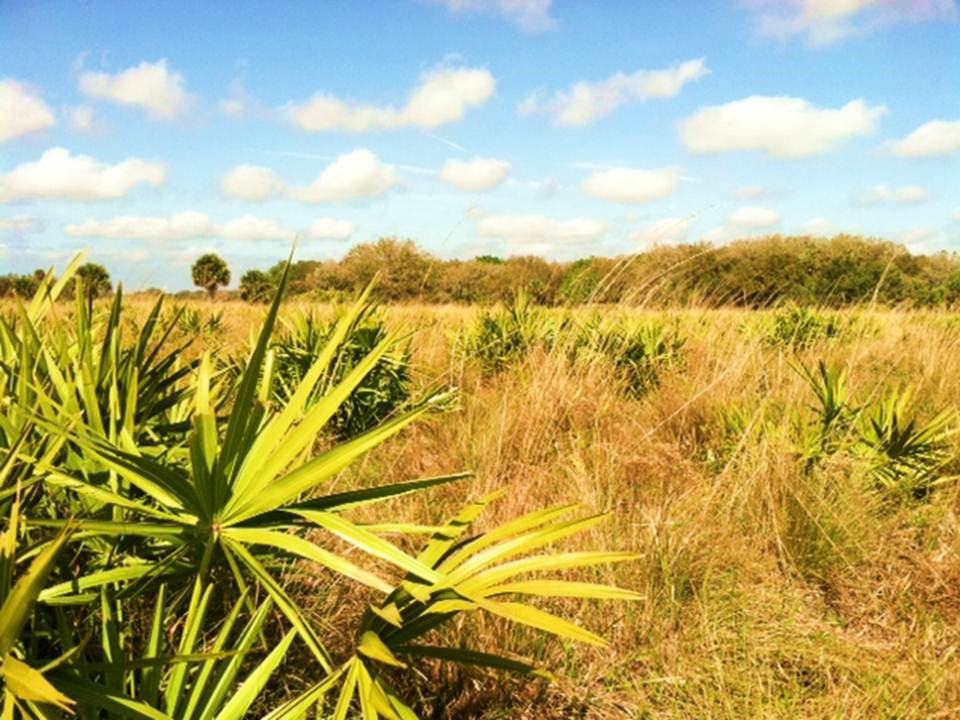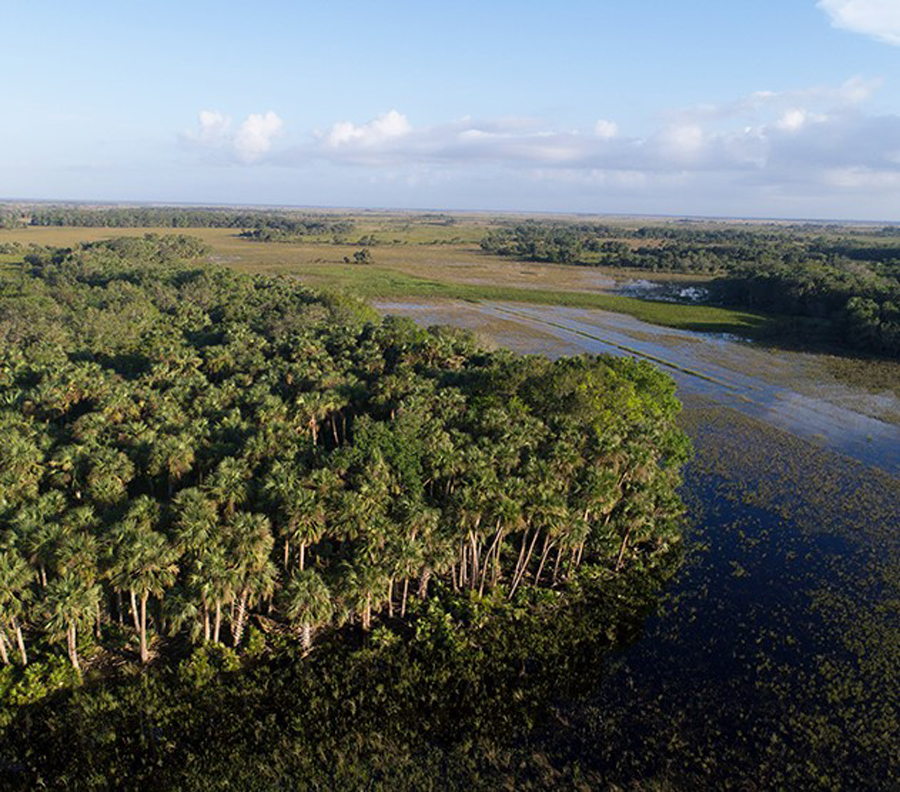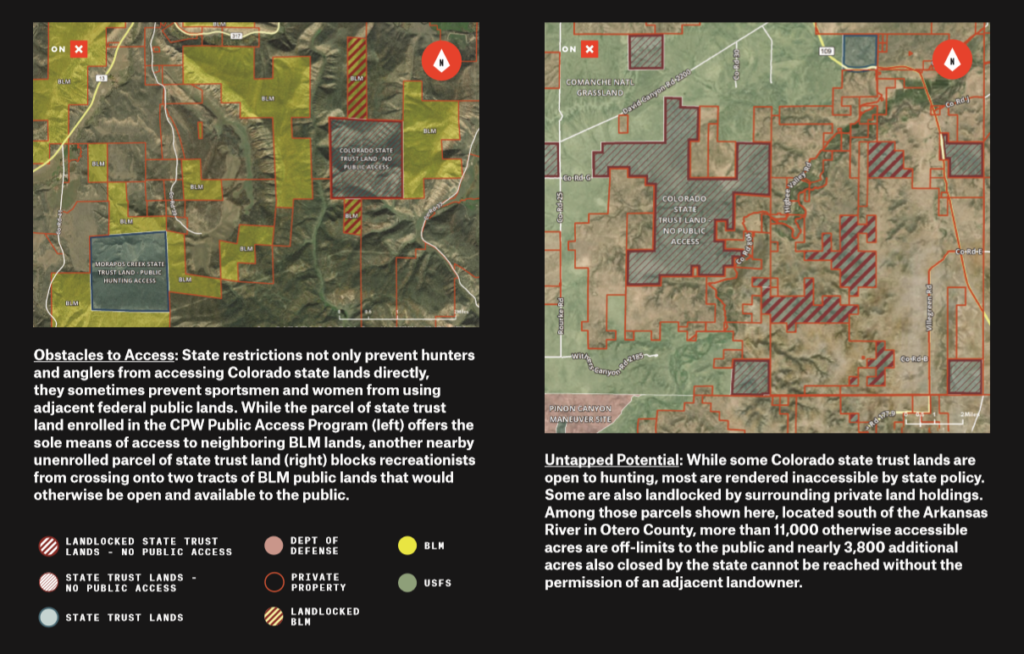While the extent of the challenge is huge, we can’t tackle it unless we face it head-on
While passionate sportsmen and women have rallied around the issue of landlocked public lands since the release of our initial report last year, we’ve noticed that there have been some who wonder about the possibility of this work backfiring on our community.
The risk, so the thinking goes, is that land transfer advocates could characterize our data as evidence in support of the idea that there is already too much public land in the West. Or, it could be argued, that these landlocked lands aren’t doing much good currently and that the public would be better served by the revenue they could generate if they were sold to private interests. Here’s why these concerns—although well-intentioned—shouldn’t keep hunters and anglers up at night.
Q: Will identifying landlocked lands help politicians justify disposing of them?
A: Although some might misrepresent the take-away of our findings, there are programs and policies currently in place to ensure that this information is put to the right use by decision makers.
For one thing, recent mandates from federal agency leads and Congress alike direct our public land management agencies to focus their efforts on creating new access to landlocked public lands.
In 2017, then-Secretary of the Interior Ryan Zinke signed S.O. 3356, which—among other things—directed the BLM to identify inaccessible or difficult–to-access public lands as well as opportunities to make them accessible to the public.
The TRCP and onX are actually working to help the BLM with this effort right now.
Also, Section 4105 in the John Dingell Act (S. 47), which was signed into law in March 2019, requires the federal land management agencies to identify landlocked lands and opportunities to make them accessible. Specifically, the law requires that the government evaluate the potential for recreational use, the likelihood of resolving the existing obstacles to public access, and whether access could be created through an easement, right-of-way, or land acquisition. Priority opportunities must be submitted for the consideration of Congress, along with a report on the options available to secure access.
Meanwhile, at the state level, the information from our report is helping to drive proactive work like Montana’s Public Access to Lands Act, MT Plan, and Unlocking Public Lands. Idaho’s “Access Yes” and New Mexico’s “Open Gate” programs are also great examples of this work. Not only does the data allow agency personnel to identify access opportunities more effectively, the overall findings make clear the importance of this work—further strengthening public and institutional support for it.
Given all we’ve heard from the land transfer crowd in the past, it’d be no surprise if they tried to spin the landlocked issue into an attack on our public lands. Thankfully, however, sportsmen and women have not only public opinion, but also public policy on our side.
And the fact of the matter is that we can’t begin to solve this issue unless we shine a light on it, even if that means we hear some bad-faith arguments from the anti-public lands crowd. They’re not going away any time soon, so we can’t be afraid to take up this issue if we hope to expand public land access in a meaningful way.
Photo: Bob Wick/BLM via Flickr









This is a bogus argument. Just because a parcel is landlocked today does not mean it will stay that way. Almost every public land agency and state has one or more programs aimed at opening public, included land-locked, lands. In addition, there are numerous non-governmental conservation groups that work with willing and interested landowners to develop conservation easements or other mechanism that effectively make those otherwise land-locked parcels available to the public for various uses. All of these programs allow landowners to exercise their private property rights to protect the conservation values of the lands.
This is a serious problem that needs more attention from Congress and the WH. There is lots of land around that we cannot get to because it is surrounded by private land.
why cant we use the excuse of public domain as a reason to gain right of way to these lands. It would be in the best interest of the public. LIke any other land takeaway for the betterment of the public. Either they give access or it is taken for easement.
Dennis, search Leo Sheep Company vs The United States and you’ll get your answer. A precedent setting case from Wyoming in 1979.
Joe, misinformation. Leo Sheep v. US was about the government blading a road across the checkerboard without following the legal process. The government did not attempt negotiating an easement and simply went forth and created a road which was also on the adjoining private parcels. This was judged to be a taking private property without compensation. However, had the government followed the eminent domain process – there would be a public road.
Why not have the government do a condemn and take of approximately 30 feet of land from a road to the public land? If they want a building they just condemn it and take it. That would solve the problem of entrance to the public land. But of course hey would have to designate part of that public land for parking.
England has a very long tradition of public land access. One of the facets of that law is that a landowner must provide a style (stile) to cross fences if he is unwilling to provide a fence. So for the ‘checkerboard’ pattern that we see so often, we could erect a stile at the ‘four corners’ to allow foot access from one parcel to another. The landowners of the ‘checkerboard’ properties would have to provide an easement of two or three feet – above the ground, not on the ground, and at least foot traffic would be regained. That would go a long way here in Arizona.
There is legitimate reason for concern only in the sense that it might make it easier to quantify/identify these parcels if “privatization” ever becomes a reality but the privatizers don’t care about some random 40 acre parcel in Hill County, Montana. These guys are only interested in the millions of acres that represent the totality of Public Land.
Maybe the government should make it less expensive and an easier process to do land swaps to block up public land and help remove the controversy/conflict between public and private ownership. I just talked to the BLM yesterday about doing a land swap with property I own and was told it could take 5-10 years and multiple costly studies in the 10s of thousands of dollars with cost share on both sides supposedly. I would be happy to swap to avoid the publics desire to cross my land to get to these parcels. I think many private land holders would like to have a reasonable and cost effective solution to this issue.